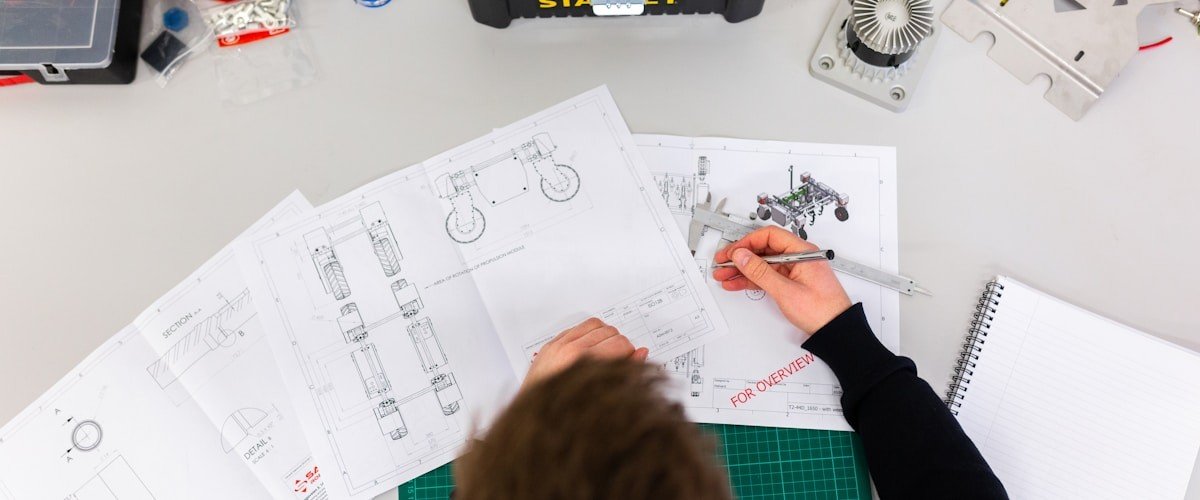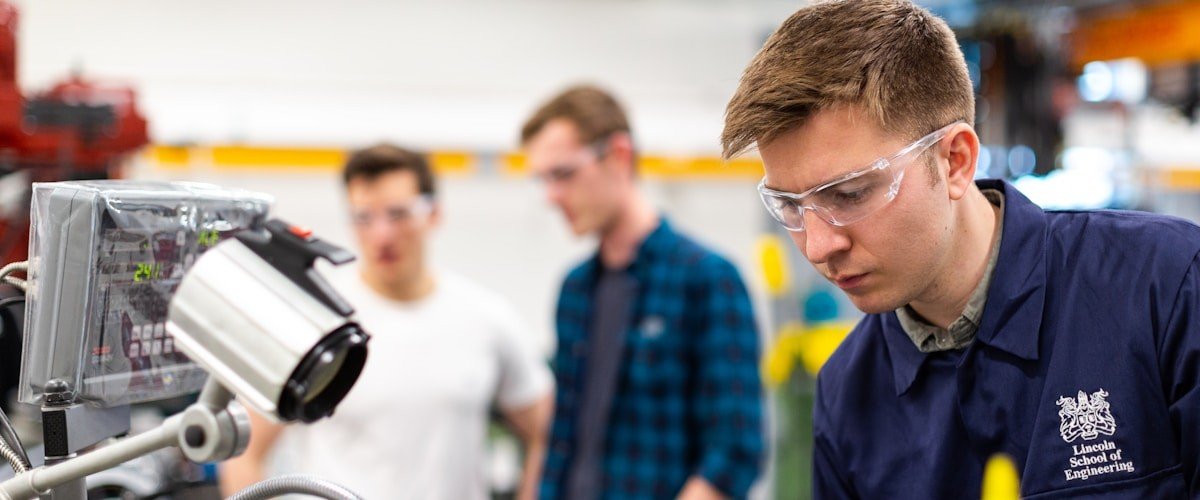Ball Valve vs Globe Valve: Key Differences Explained
Choosing the right isolation or control valve starts with clarity about what you need the valve to do. Fast shutoff with minimal pressure drop points one way. Smooth, precise modulation points another.

Choosing the right isolation or control valve starts with clarity about what you need the valve to do. Fast shutoff with minimal pressure drop points one way. Smooth, precise modulation points another. Ball and globe valves both sit at the center of that decision, and the differences matter for efficiency, safety, and lifecycle cost.
Both are proven, both are widely standardized, and either can be automated. They just excel at different things.
Ball Valve VS Globe Valve basic
Ball Valve
A ball valve uses a drilled sphere that turns a quarter turn to open or close. Rotate the handle or actuator 90 degrees and you move from full flow to full block.
Globe Valve
A globe valve uses a plug that moves linearly onto a seat. The body includes an internal baffle, with straight, Y, or angle patterns.

A ball valve uses a drilled sphere that turns a quarter turn to open or close. Rotate the handle or actuator 90 degrees and you move from full flow to full block. That simple geometry gives a short, straight path when open and very little restriction.
A globe valve uses a plug that moves linearly onto a seat. The body includes an internal baffle, with straight, Y, or angle patterns. The flow path changes direction inside the body, and the gap between plug and seat throttles the flow.
Key construction details worth noting:
- Ball valves come in one, two, or three piece bodies, with floating balls or trunnion mounted balls. Floating balls rely on line pressure to push the ball onto the downstream seat. Trunnion designs support the ball top and bottom for large sizes and high pressures.
- Globe valves feature a bonnet, stem packing, and trim sets that can be unbalanced or balanced. Caged or guided trims improve stability, and Y pattern bodies reduce head loss compared to straight bodies.
- Materials overlap. Carbon and stainless steels are common. Bronze and brass appear in water and HVAC work. Specialty alloys, metal seats, and filled PTFE seats extend temperature and chemical capability.
How they move and control flow

The ball’s bore aligns with the pipeline when open. Turn 90 degrees and the solid wall of the ball blocks the port. That rotary action is fast, repeatable, and ideal for on or off service. Two way ball valves simply pass through. Three way bodies route flow between ports with L or T patterns.
The globe’s plug travels up and down the seat. The stem threads convert handwheel rotation into linear motion in manual versions. Automated globes use smooth stems with actuators and positioners that hold the plug at any point in its stroke. Because the opening area grows gradually as the plug lifts, small moves produce small changes in flow. That is exactly what you want in a control loop.
Size, pressure, and temperature windows
You can find both valve types across broad size and class ranges, making them suitable for various applications:
-
Sizes: from tiny quarter inch instruments to 24 inch and larger pipeline service. Full port pipeline balls commonly extend beyond 40 inches. Large globes exist too, especially in power and process plants.
-
Pressure classes: ANSI 150 to 2500 are readily available for both. Trunnion balls are common in high pipeline classes. Forged globes are frequently specified in 600 to 2500 classes.
-
Temperature: seat and trim choices set limits. Soft seated balls with PTFE or reinforced PTFE handle up to about 482 Fahrenheit. With PEEK or metal seats, balls reach into the 600 to 800 Fahrenheit range and above in specialty designs. Globes with metal seats in alloy bodies serve high temperature steam and hot hydrocarbon service comfortably. Cryogenic variants exist for both types.

If you need bubble tight shutoff at high temperature after fire safe exposure, look for fire tested designs and metal seated options, or consider using a globe valve for reliable performance. If you need cleanability or minimal crevices for sanitary flow, a cavity filler ball design can prevent trapped product.
Flow characteristics and control quality

Open a standard ball a little and very little happens, then flow jumps quickly. That behavior is great for isolation and not great for proportional control. Rangeability is limited, often around 10 to 1 in practical service. A V port ball improves the profile by notching the ball or seat to widen the control window. It still trades some precision compared with a purpose built control globe.
A globe can be set up for near linear or equal percentage flow characteristics by changing trim. This improves loop tuning, stability, and energy use in modulating applications. Rangeability of 50 to 1 or higher is common with quality trims and clean service. The longer stroke provides more resolution and better repeatability at low openings.
For systems that spend most of their time near one operating point and only switch fully open or fully closed, a ball valve’s inherent abruptness is a non-issue. For systems that continuously adjust, the globe’s smooth curve pays off every day.
Energy and pressure loss
Ball Valve – Low Pressure Drop
When fully open, a full port ball presents almost no restriction. The path is straight, the bore matches the pipe, and pressure loss is low.
Globe Valve – Higher Pressure Drop
A globe always creates more head loss. Flow turns through the baffle region and squeezes through the seat region even when wide open.
When fully open, a full port ball presents almost no restriction. The path is straight, the bore matches the pipe, and pressure loss is low. Reduced port balls do raise pressure drop at high flow, so check Cv and select full port if energy is critical.
A globe always creates more head loss. That means more pump head, more operating cost, and more heat in the fluid if flow is high and continuous.
Example: If your duty point depends on conserving every pound per square inch of available head, a ball can save pump horsepower. If your duty depends on regulating differential pressure across a coil or controlling a reaction rate, the globe’s predictable throttling curve justifies the added pressure drop.
Shutoff tightness and fugitive emissions

Soft seated balls regularly achieve bubble tight shutoff. The resilient seat energizes against the hard ball and tolerates minor wear or vibration. Metal seated balls, especially with hard coatings, achieve tight shutoff at high temperatures and under fire testing protocols. The stem seal is typically an O ring or packing set that sees little friction during a quarter turn, which helps with long term emissions control.
Globes seal by compressing a plug onto a seat. Tight shutoff is attainable, especially with well aligned cage guided trims or soft seat inserts. Over time, seat surfaces and plug faces wear, and packing needs attention. Modern live loaded packing systems and bellows sealed stems improve fugitive emissions performance dramatically. In many plants, operating practices already include periodic packing adjustments for globes.
Speed of actuation and system effects
Quarter turn operation makes a ball very fast. With a pneumatic or spring return actuator, you can close in fractions of a second. That is attractive for emergency shutdown and safety instrumented functions. Fast closing can cause pressure transients and water hammer, so stroke times and dampening need careful tuning.
Globes take time to travel full stroke. Multi turn handwheels or linear actuators step the plug through a controlled motion. That slower action can be an advantage where gentle starts and stops protect coils, compressors, or sensitive process steps. In control loops, slower but precise movement ensures effective flow control to avoid overshoot.
Where each one shines
Ball Valves Excel When You Want:
- Quick isolation in emergencies or during maintenance
- Minimal pressure drop in high flow lines
- Compact, light weight packages that are easy to install in various applications
- Simple actuation with clear position indication
- Clean in place sanitary flow paths, especially with cavity filler seats
- Piggable full port pipeline service
Globe Valves Excel When You Want:
- Stable, precise throttling over a wide operating range
- Control of steam, condensate, or hot oil with metal seats
- Balanced plugs that reduce actuator size at high differential pressure
- Angle or Y patterns for better drainage or lower head loss than straight bodies
- Advanced trims for cavitation control, noise reduction, or erosion resistance
Maintenance, serviceability, and typical cost drivers

Ball valves have fewer parts. Seats and stem seals are the main wearing elements. Many designs allow seat replacement without removing the body from the line, and three piece bodies simplify internal access. For the same size and class, ball valves are usually lighter and less expensive.
Globe valves contain more components and see wear on plug, seat ring, and packing. Routine work often includes packing adjustments, periodic replacement of packing, and seat lapping or replacement to maintain tight shutoff. Actuator sizing can be larger for the same service, and bodies weigh more because of the baffle and bonnet.
Maintenance snapshots:
Ball Valve
- Inspect seats
- Verify stem seal condition
- Test fire safe sealing where required
- Confirm actuator torque margin
Globe Valve
- Check packing gland load
- Inspect trim wear
- Verify plug guidance
- Evaluate cavitation damage
- Calibrate positioner
What the standards tell you
Industry standards make selection and compliance easier:
- ASME B16.34 sets design, material, and pressure temperature ratings
- ASME B16.10 covers face to face dimensions
- API 6D applies to pipeline ball valves
- API 608 covers general purpose metal ball valves
- ISO 17292 standardizes metallic ball valves
- API 607 & ISO 10497 define fire testing
- API 598 defines inspection and seat testing
- API 602 & 623 cover forged and screw down globe styles
When comparing datasheets, match class, materials, and test standards to your site specifications and local regulations.
Current innovations

Materials keep improving. Filled PTFE and PEEK seats extend temperature limits for balls. HVOF and similar coatings on balls and plugs resist abrasion and heat. Graphite packing sets with anti extrusion rings handle cycling and temperature swings better than older designs.
Design refinements are notable too. Segmented V ball valves provide a nice balance of flow control and Cv. Balanced globe plugs reduce actuator thrust and extend packing life. Y pattern globes trim pressure loss and fit tight spaces. Bellows sealed stems eliminate routine packing leaks in critical services. Smart actuators and digital positioners report valve health, count cycles, trend torque, and flag performance drift before it becomes downtime.
Side by side at a glance
| Aspect | Ball valve | Globe valve |
|---|---|---|
| Flow path | Straight, drilled sphere with a bore | Baffled body with a plug on a seat |
| Motion | Quarter turn rotary | Multi turn linear |
| Control style | Best for on or off, V port improves modulation | Best for throttling and precise control |
| Rangeability | Low in standard designs, V port improves | High, often 50:1 or better |
| Pressure drop when open | Very low for full port | Higher due to path changes |
| Shutoff | Bubble tight common with soft seats, metal seats available | Very tight with proper trim, packing is a separate leak path |
| Speed | Very fast actuation possible | Slower by design, smoother control |
| Sizes and classes | From fractional to 40 inch plus, 150 to 2500 | From fractional to 36 inch plus, 150 to 2500 |
| Typical duties | Isolation, emergency shutdown, piggable lines, sanitary flow | Control of steam, feedwater, chemical dosing, pressure reduction |
| Maintenance | Few parts, seats and stem seals | More parts, packing and trim wear |
| Cost trend | Lower for same size and class | Higher for same size and class |
Selection checklist
1. Define the control objective
- Binary isolation or continuous modulation
2. Quantify process conditions
- Flow rate, pressure, temperature, fluid type, solids content, clean or dirty service
3. Set performance targets
- Allowable pressure drop, required shutoff class, rangeability, response time
4. Match valve type to duty
- Ball for isolation and low head loss, globe valve for modulating flow control
5. Choose body style and trim
- Full port vs reduced port ball, floating vs trunnion, standard vs V port
- Straight, Y, or angle globe, unbalanced vs balanced plug, anti cavitation trim where needed
6. Verify materials and ratings
- Body, seat, packing, and coatings for temperature, pressure, and chemistry
7. Size the actuator with margin
- Account for worst case differential pressure, temperature effects, and friction
8. Address safety and compliance
- Fire testing, emissions limits, lockout needs, end connections, standards
9. Plan serviceability
- Access for maintenance, spare parts strategy, live loading or bellows for packing
10. Document control philosophy
- Fail open or fail closed, stroke times, position feedback, interlocks, and alarms
Practical Q&A
Can a ball valve serve as a control valve?
Yes, with a V port or segmented ball and a suitable actuator. Expect less fine resolution at very low openings compared to a globe.
Why do globes drop more pressure?
The internal baffle and seat geometry change direction and speed of the flow. Even wide open, the path is not as open as a full port ball.
When is trunnion mounting worth it?
Large diameters or high differential pressures. Trunnion designs support lowers seat load, reduces operating torque, and improves sealing stability.
Do soft seats limit temperature?
They set the upper limit for many ball valves. Using PEEK or metal seats raises the ceiling for hot service.
How do I cut fugitive emissions?
Pick low friction stems, live loaded or bellows sealed packing, smooth stroking actuators, and verify testing to the latest emissions standards.
Simple Rule of Thumb
Pick a ball when you need to stop or start flow with minimal loss, pick a globe when you need to meter flow with precision. From there, let your process conditions, standards, and maintenance plan fine tune the choice.
Get Expert Valve Consultation
Have questions about valve selection? Our experts are here to help.
Contact Form
Contact Form 7 shortcode will be rendered here
Related Resources

Complete Ball Valve Guide
Everything you need to know about ball valve types, applications, and specifications.

Globe Valve Overview
Comprehensive guide to globe valve construction, control capabilities, and applications.

Actuator Sizing Calculator
Calculate the right actuator size for your valve application with our free tool.
